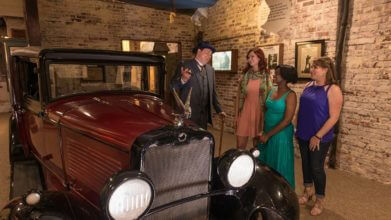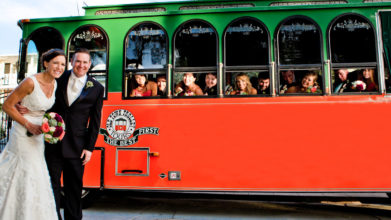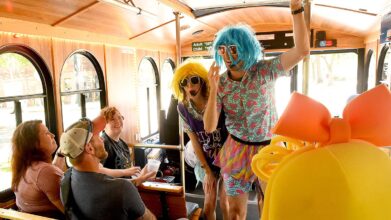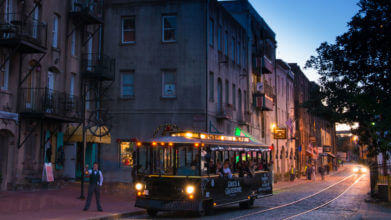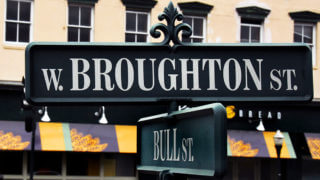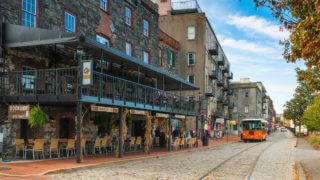Our Trolley Guests Have Spoken!
Taylor Square
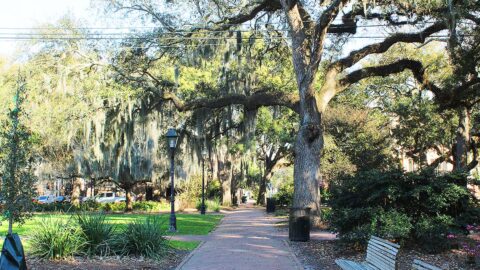
Walking through Taylor Square is like walking through Savannah’s rich past. Taylor Square still retains all of its original structures from the 1850s and 1860s. The old Massie School House, built soon after the square was laid out, and the imposing Wesley Monumental United Methodist Church are still nestled in Taylor Square today. Like most parks in Savannah, Taylor Square has only become lusher with beautiful landscape throughout the years, providing plenty of shade along the brick stone walkways.
Taylor Square History
Taylor Square was laid out on the city’s common lands. The exact location of Taylor Square is said to have once been the site of an early 19th-century burial ground. The square itself was originally named after John C. Calhoun (1782–1850), a politician and political theorist. It is now named after Susie King Taylor, born to enslaved parents in 1848. Taylor was secretly taught to read and write as a girl living in Savannah and worked as a nurse for the Union Army, which in turn helped her organize a school to teach emancipated children and adults.
Attractions on Taylor Square
Some of the most amazing buildings of Savannah’s rich history still surround Taylor Square, including locations such as the Massie School House, which opened in 1865. The first public school in Savannah, it was originally designed by architect John Morris in 1856 and still stands today. Visitors also enjoy exploring 432 Abercorn, considered by many to be one of the most haunted homes in Savannah. Constructed in 1868 for Benjamin T. Wilson, a veteran of the American Civil War, the home features beautiful Greek Revival decor.
Visitor Information
The park is open to the public, seven days a week.

